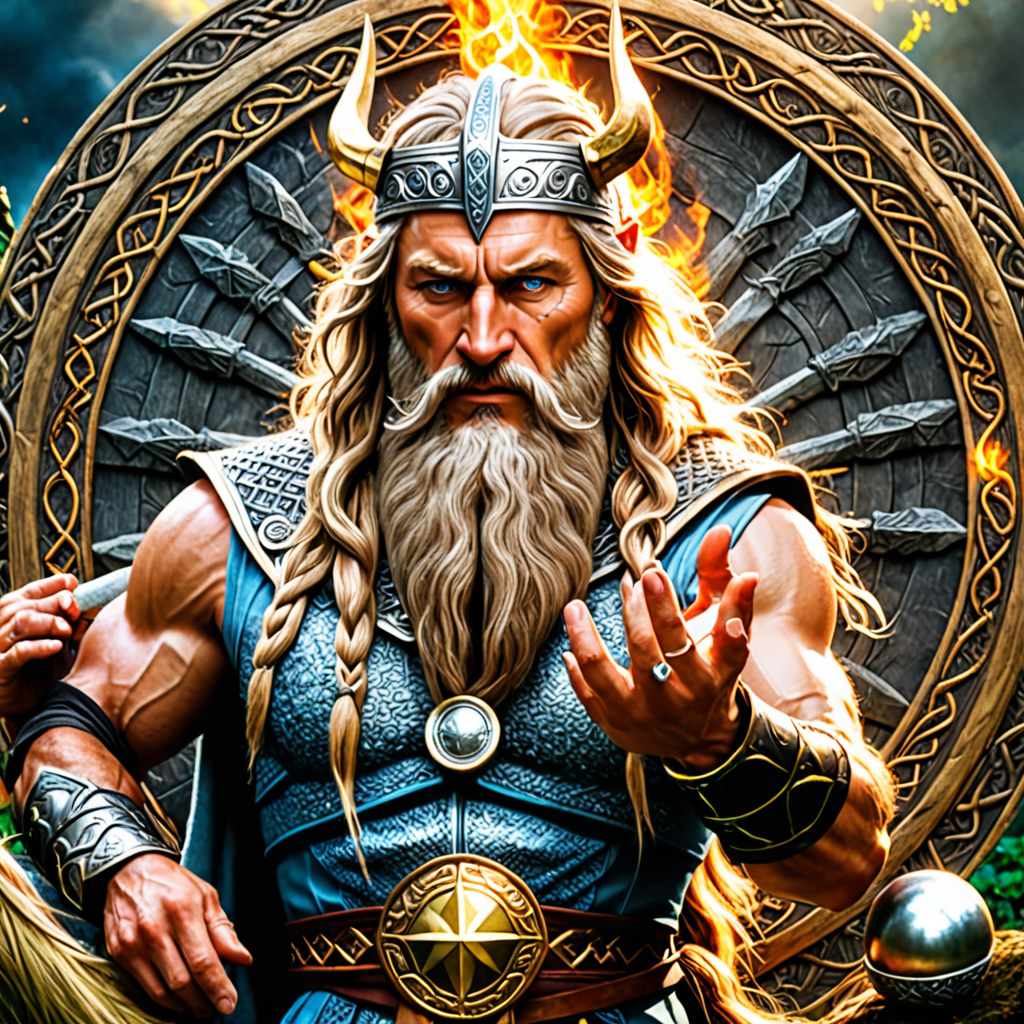The Most Outrageous Trickster Tales You Need to Know
Introduction to Trickster Tales
Trickster tales are a captivating genre of folklore that features clever, mischievous characters who challenge the status quo. These stories often revolve around a central figure known as the trickster, who employs wit and cunning to outsmart others, evade danger, or teach moral lessons. The significance of trickster tales spans across various cultures, reflecting societal values, beliefs, and the human experience.
This article delves into some of the most outrageous trickster tales from diverse cultures, exploring the unique characteristics of trickster figures, their roles in storytelling, and the lessons they impart.
The Archetype of the Trickster
The trickster archetype is a recurring figure in folklore, characterized by a range of traits that set them apart from conventional heroes. Common characteristics include:
- Wit and intelligence
- Deception and cunning
- A penchant for breaking rules
- A humorous outlook on life
Common themes in trickster tales include:
- Rebellion against authority
- Transformation and change
- The duality of good and evil
Humor plays a vital role in these stories, allowing audiences to engage with complex themes in an accessible way. The interplay of laughter and wisdom creates a unique storytelling experience that resonates deeply across generations.
Anansi the Spider: The West African Trickster
Anansi, the spider, is one of the most famous trickster figures originating from Akan folklore in West Africa. Known for his cleverness and resourcefulness, Anansi’s tales often involve him outsmarting larger and stronger animals.
Some notable stories include:
- How Anansi Got His Stories: In this tale, Anansi cleverly acquires all the stories of the world by outwitting the Sky God.
- Anansi and the Tiger: Anansi tricks a tiger into believing he is a powerful creature, showcasing the theme of intelligence over brute strength.
Anansi’s influence extends far beyond Africa, impacting Caribbean and American folklore, where he is often seen as a symbol of resilience and cleverness in the face of adversity.
Coyote: The Trickster of Native American Lore
Coyote is a prominent trickster figure in various Native American cultures, particularly among tribes like the Navajo, Lakota, and Hopi. Coyote embodies both the foolish and the wise, often acting as a catalyst for important life lessons.
Key stories showcasing Coyote’s outrageous antics include:
- Coyote and the Buffalo: In this tale, Coyote tricks the buffalo into thinking he is their leader, resulting in humorous consequences.
- Coyote and the Sun: Coyote’s attempts to steal the sun lead to chaos, but ultimately teach valuable lessons about respect and balance in nature.
Coyote symbolizes the complexities of nature and culture, representing both the light and dark aspects of existence.
Loki: The Norse God of Mischief
Loki is a fascinating figure in Norse mythology, known as the god of mischief. His character is marked by a constant struggle between loyalty and betrayal, making him one of the most complex characters in the pantheon.
Outrageous tales of Loki include:
- The Theft of Sif’s Hair: Loki cuts off the hair of the goddess Sif, leading to a series of events that showcase his trickery and the repercussions of his actions.
- Loki’s Role in Ragnarok: Loki’s deception and manipulation ultimately lead to the end of the world, illustrating the duality of his character as both a hero and a villain.
His relationships with other gods, particularly Thor and Odin, highlight the intricate dynamics of trust and betrayal prevalent in many trickster tales.
Br’er Rabbit: The Clever Southern Trickster
Br’er Rabbit is a beloved character in African American folklore, particularly in the Southern United States. His tales often revolve around his cleverness and ability to outsmart his adversaries, such as Br’er Fox and Br’er Bear.
One of the most famous stories is “The Tar-Baby,” where Br’er Rabbit cleverly tricks Br’er Fox into getting stuck in tar. This story exemplifies the theme of using intelligence to overcome challenges.
The moral lessons behind Br’er Rabbit’s tricks often emphasize themes of resilience, resourcefulness, and the importance of wit in difficult situations.
The Fox in Folklore: A Global Perspective
The fox is a universal trickster figure found in folklore across various cultures. In many traditions, the fox embodies cunning and cleverness, often outsmarting larger animals or humans.
Notable fox tales include:
- Japanese Kitsune: In Japan, the fox spirit, or Kitsune, is revered as a trickster with magical abilities, often playing tricks on humans.
- European Folktales: In European folklore, the character of Reynard the Fox represents cunning and cleverness, often outwitting hunters and other animals.
This duality of the fox as both clever and cunning reflects the complexities of human nature and morality.
The Trickster in Contemporary Literature and Media
Trickster figures have evolved over time and can be found in modern literature and media. Examples include:
- The character of the Joker in DC Comics, who embodies chaos and unpredictability.
- Tom Sawyer in Mark Twain’s novels, representing youthful mischief and cleverness.
These modern interpretations resonate with today’s audiences, reflecting the enduring appeal of the trickster archetype. The evolution of the trickster in popular culture continues to inspire creativity and challenge societal norms.
The Moral of the Story: Lessons from Trickster Tales
Trickster tales often impart valuable moral lessons, highlighting the duality of their actions. Common morals derived from these stories include:
- The importance of intelligence over brute strength
- Understanding the consequences of one’s actions
- The complexity of human nature and morality
These tales reflect societal norms and the human experience, offering insights into the challenges and triumphs of life.
Conclusion: The Enduring Legacy of Trickster Tales
Trickster tales hold a significant place in storytelling, transcending cultures and generations. They inspire creativity and reflection on human nature, showcasing the power of wit and humor in overcoming adversity.
The legacy of trickster tales continues to thrive, reminding us of the importance of cleverness, resilience, and the lessons learned through laughter. As we engage with these stories, we celebrate the rich tapestry of human experience that they represent.



